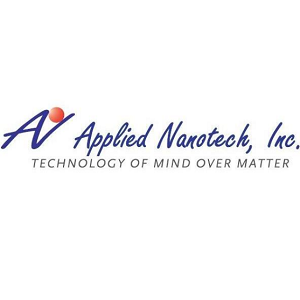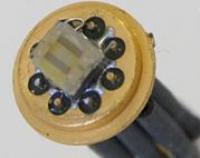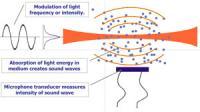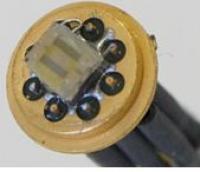About Company
These effects can be used to improve existing products, lower costs, and enable entirely new products and industries. Nanotechnology is critical for the 21st century because of the breadth of its potential applications. Nanotechnology is not a narrowly defined area, but a broad and heterogeneous area of technology applicable across many industries. It involves materials, systems, and technologies that have one thing in common - the presence of at least one
These effects can be used to improve existing products, lower costs, and enable entirely new products and industries. Nanotechnology is critical for the 21st century because of the breadth of its potential applications. Nanotechnology is not a narrowly defined area, but a broad and heterogeneous area of technology applicable across many industries. It involves materials, systems, and technologies that have one thing in common - the presence of at least one dimension smaller than a few hundred nanometers, or said another way, less than 1/100th the width of a human hair.
Research in nanotechnology is being performed all over the world to unlock the mystery of the physical and chemical properties of nanoparticles, as well as to develop specific nanotechnology analytical tools and manufacturing processes. This exploration of the nano-range is best done through an interdisciplinary integration of physics, biology, chemistry and material science.
There are two approaches that have emerged in nano-research. One is the top down approach that involves making everything smaller. Miniaturization is driving all fields of science and technology toward the nanoscale order of magnitude. In some cases this top down approach can be very costly and capital intensive. The other approach, which we prefer is the bottom up approach. This approach is involved with molecular order and is based on the idea of self-organization, which eventually results in the pre-designed construction of molecular structures possessing already specified properties. This approach enables considerable innovation which can result in unique specific materials and the modification of existing materials. These innovations are made possible as a result of the combination of the laws of physics, chemistry, and biology, which decisively determine the functional properties of the macrosystem. While we prefer the bottom up approach, a particular situation may call for one approach or the other, or a combination of the two approaches.








